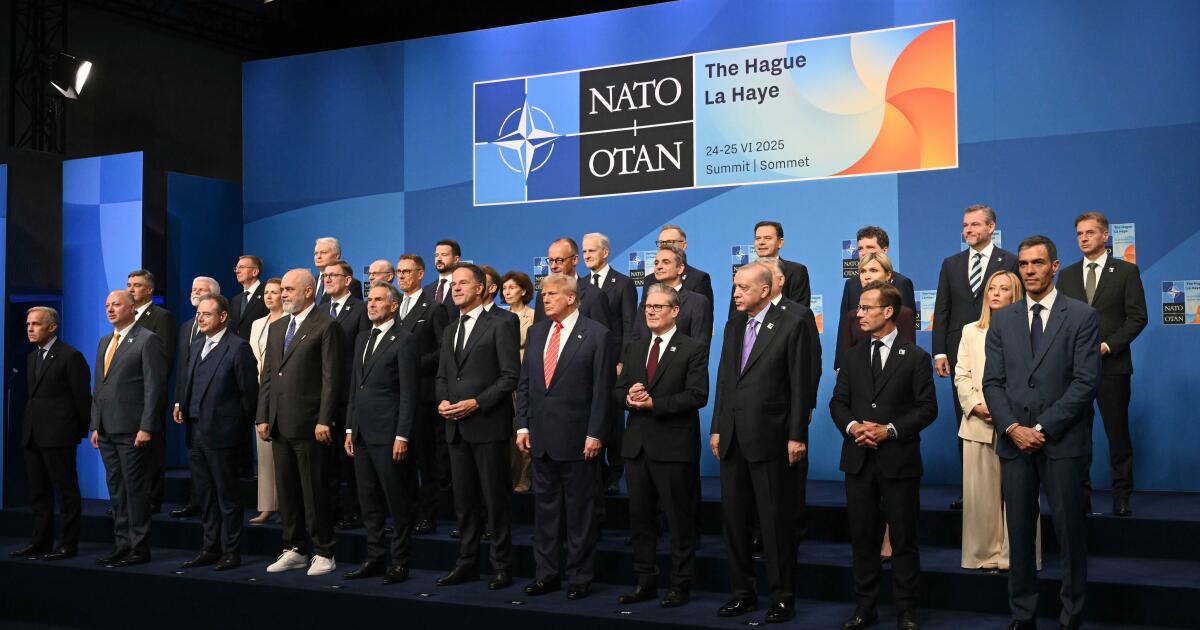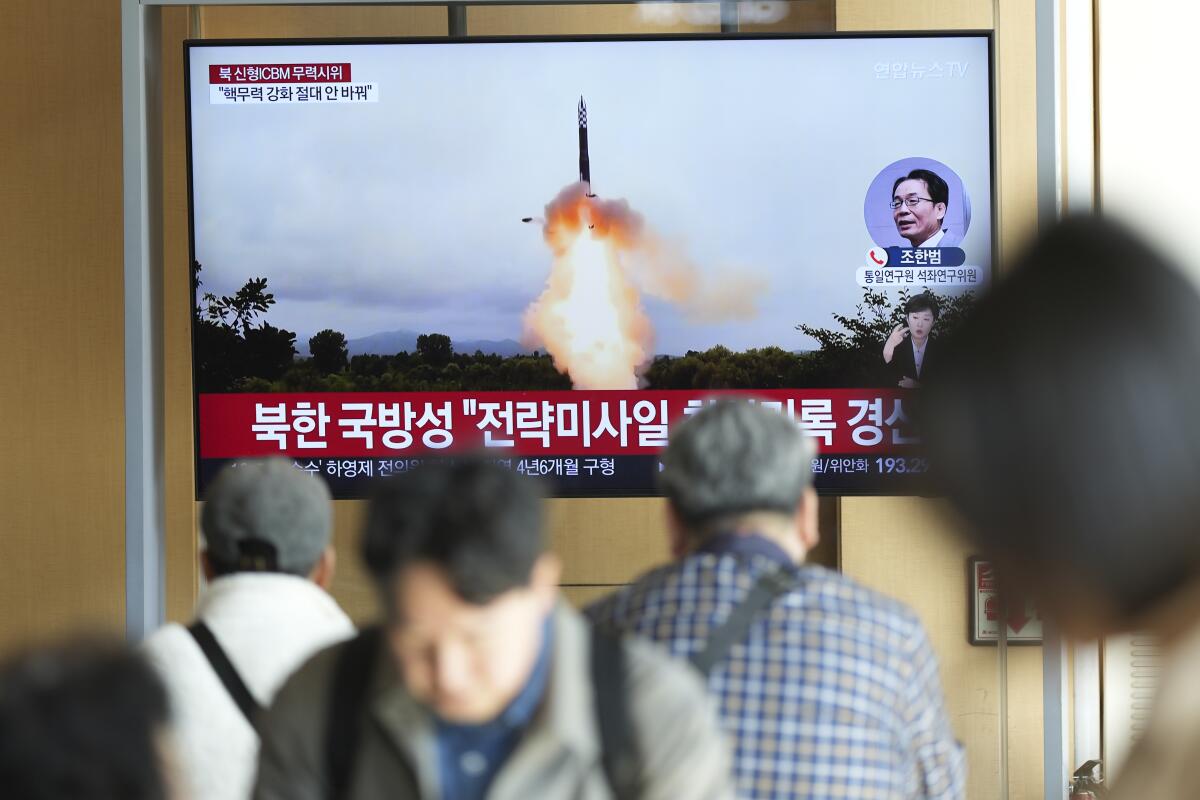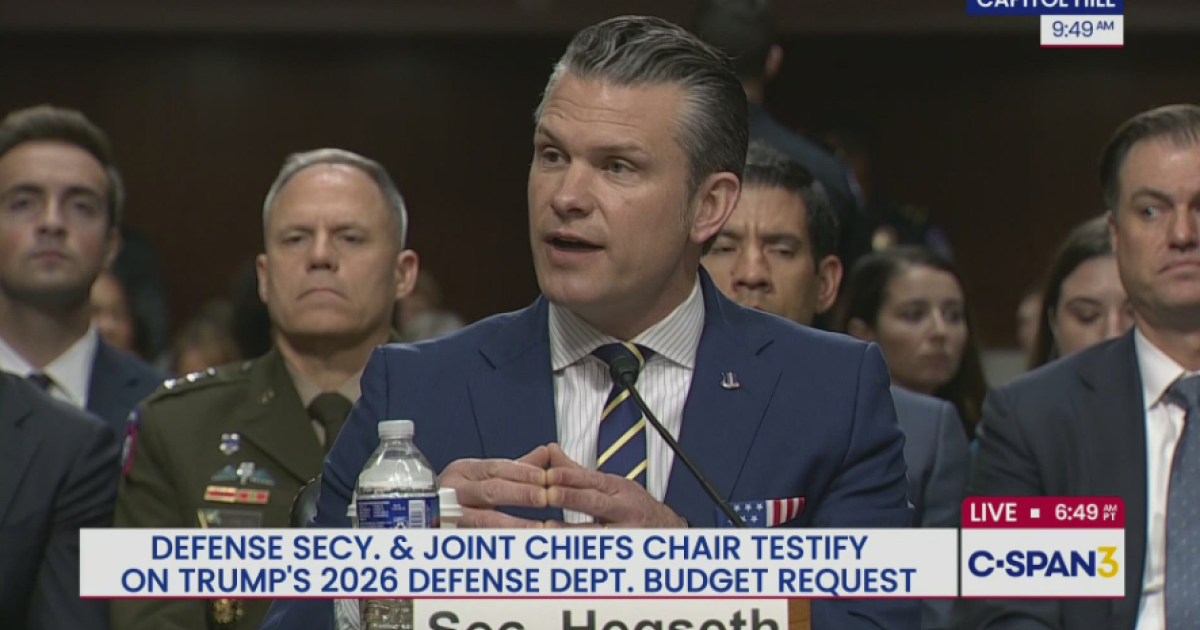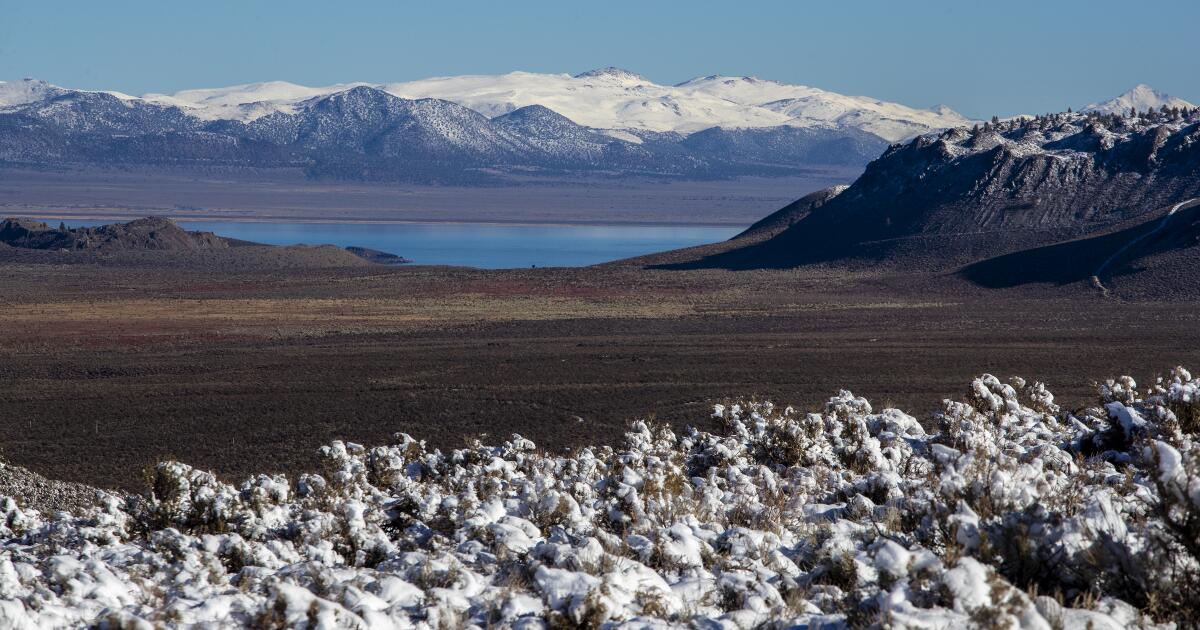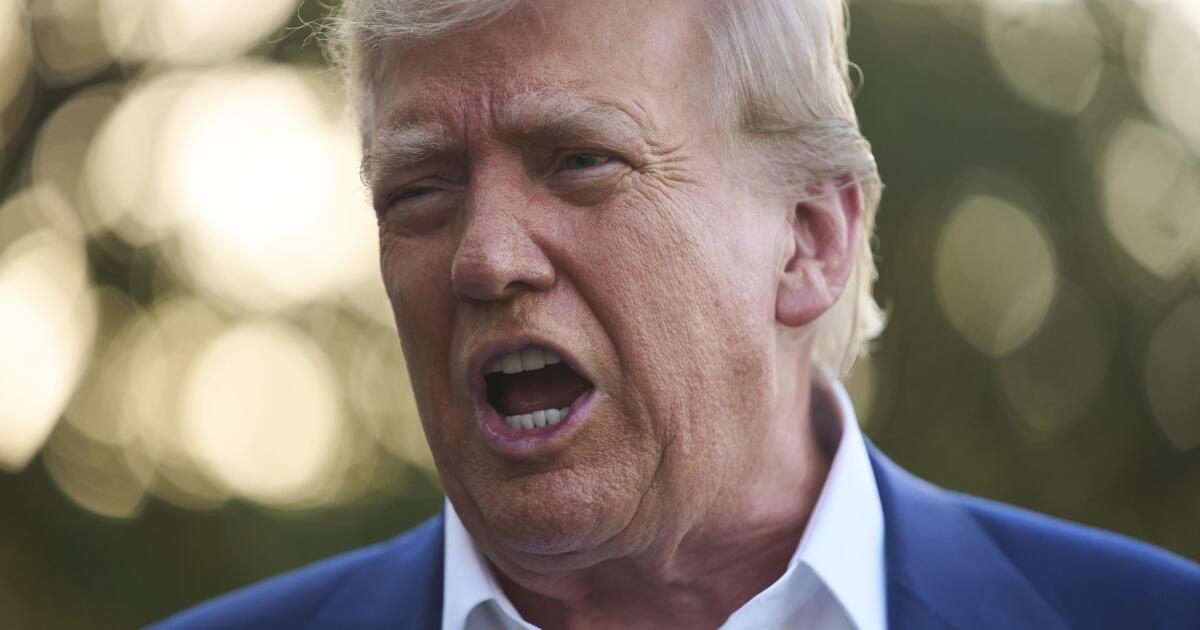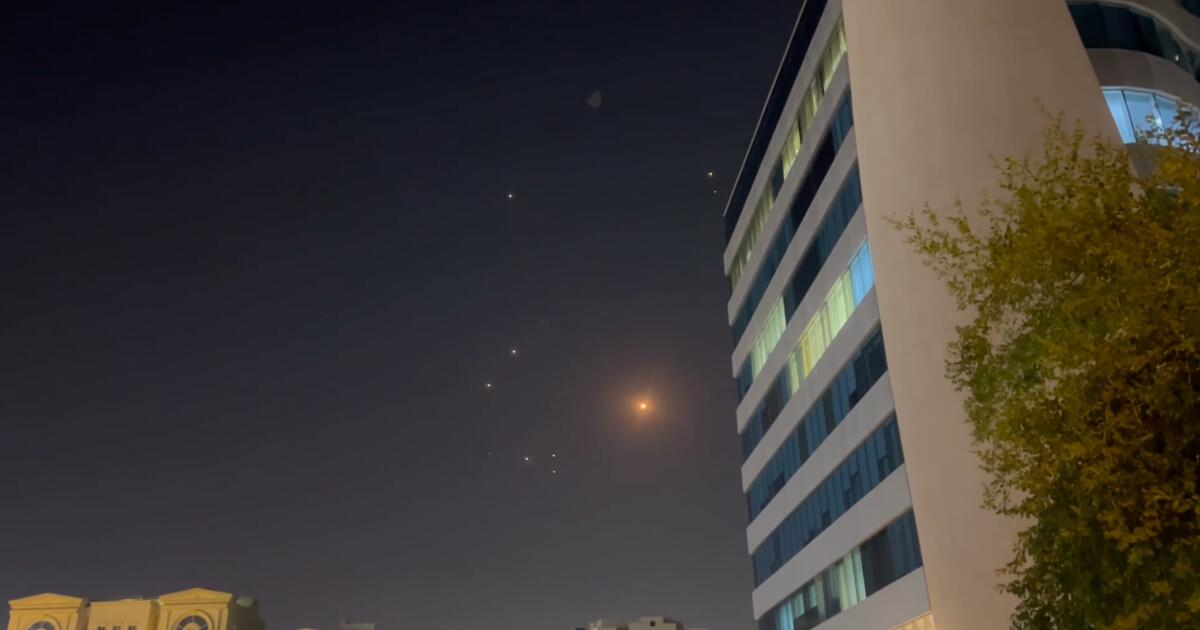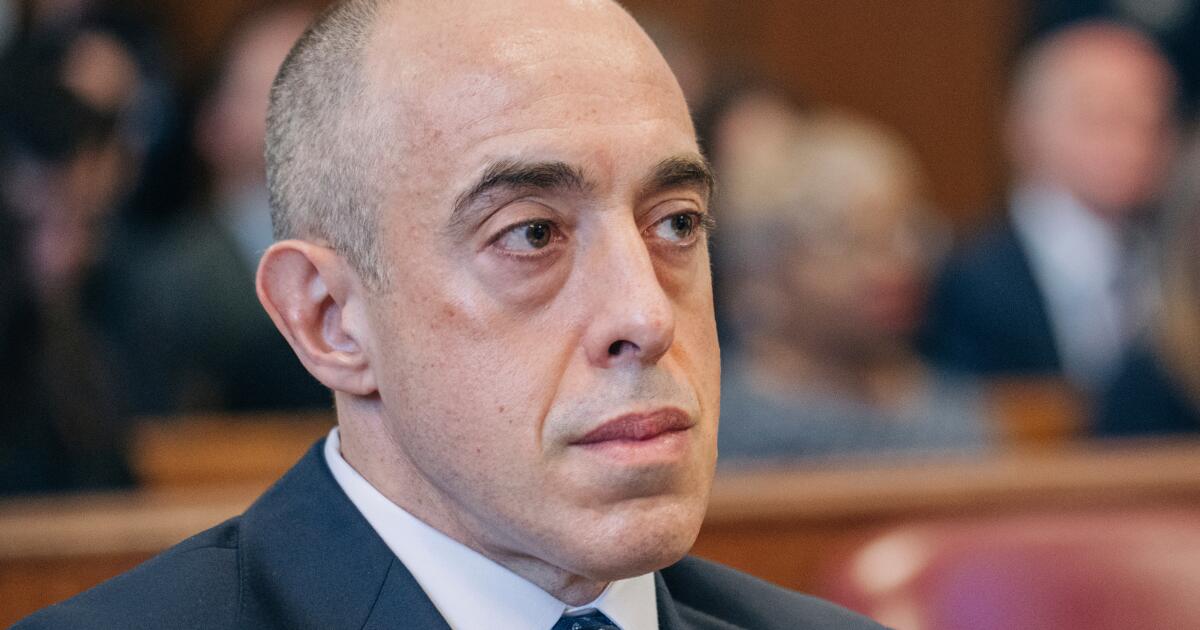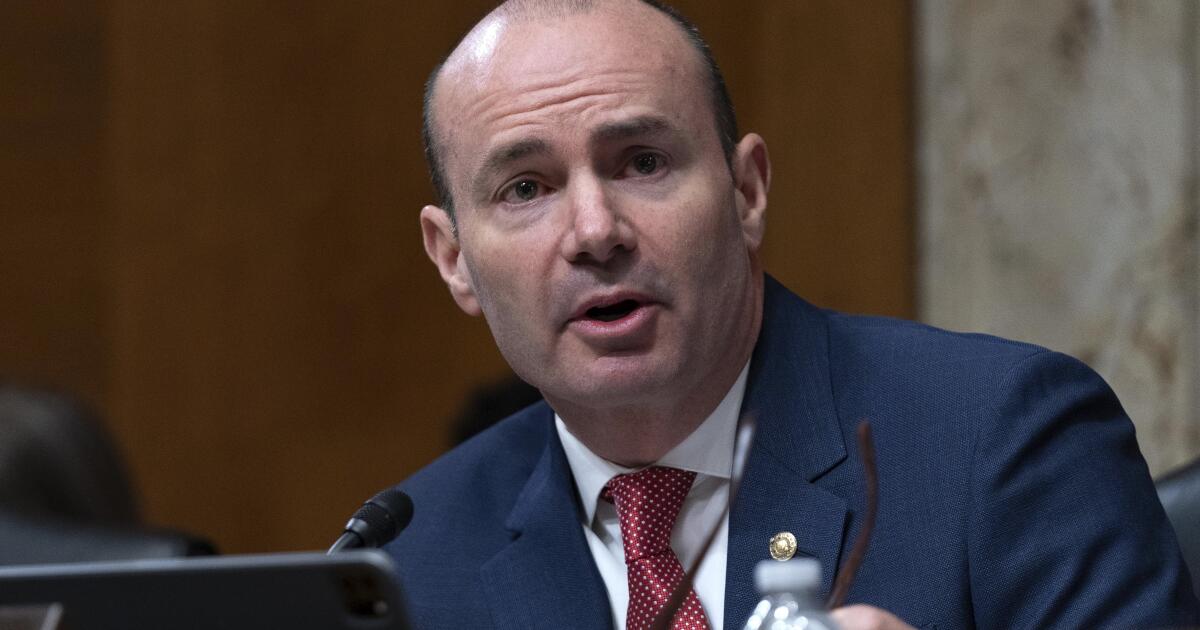California leaders reached a tentative agreement Tuesday night on the state budget, which hinges on Gov. Gavin Newsom’s demand that the Legislature pass a housing reform proposal.
The eleventh-hour negotiations about the spending plan, which takes effect July 1, speak to the political challenge of overhauling longstanding environmental regulations to speed up housing construction in a state controlled by Democrats.
The party has been loath to do more than tweak the California Environmental Quality Act, or approve one-off exemptions, despite pressure from the governor and national criticism of a law that reform advocates say has hamstrung California’s ability to build.
The proposal is among a series of policies Newsom and Democratic lawmakers are expected to advance in the coming days as part of the $321.1-billion budget. The deal reflects the Legislature’s resistance to the governor’s proposed cuts to reduce a $12-billion budget deficit expected in the year ahead, citing uncertainty about the scope of the state’s financial problems.
“We appreciate the strong partnership with the Legislature in reaching this budget agreement,” said Izzy Gardon, a spokesperson for Newsom. “The governor’s signature is contingent on finalizing legislation to cut red tape and unleash housing and infrastructure development across the state — to build more, faster.”
The consensus comes after weeks of conversations about how to offset the deficit, caused by overspending in California, and start to address even larger financial problems anticipated in the future, including from potential federal policy changes.
The tentative deal largely relies on borrowing money, tapping into state reserves, and shifting funding around to close the shortfall. By reducing and delaying many of the governor’s proposed cuts, the budget continues a practice at the state Capitol of sparing state programs from immediate pain while avoiding taking on California’s long-term budget woes.
Assembly Republican Leader James Gallagher (R-Yuba City) said the budget deal papers over the state’s financial problems.
“We’re in this situation because of overspending,” Gallagher said. “We’ve made long-term commitments to programs that Democrats have championed, and now, just like everybody warned, the money is not there to support them all, and they don’t want to cut back their program that they helped expand.”
The cuts lawmakers and the governor ultimately agreed to will reduce the expansion of state-sponsored healthcare to undocumented immigrants and reinstate asset limit tests for Medi-Cal enrollees. The final deal, however, achieves less savings for the state than Newsom originally proposed.
The plan restores cost-of-living adjustments for child-care workers, which the governor wanted to nix, and rejects his call to cap overtime hours for in-home caregivers.
Democrats in the Legislature successfully pushed to provide another $500 million in funding for Homeless Housing, Assistance and Prevention grants. The governor originally resisted giving more money to counties, which he has chastised for being unable to show results for the billions of dollars in state funding they have received to reduce homelessness.
Assembly Budget Chair Jesse Gabriel (D-Encino) pushed back on the notion that the Legislature hasn’t done “real belt-tightening.” Lawmakers are trying to balance compassion and fiscal responsibility before making drastic cuts to safety net programs that Californians rely on, he said.
“That is the balance that we are trying to strike here with this budget of being responsible, of focusing on the work that we need to do regardless, but also understanding that there is a pretty high delta of uncertainty for a lot of reasons,” Gabriel said.
The budget also preserves Newsom’s plan to provide $750 million to expand the California Film and Television Tax Credit, a proposal supported by Hollywood film studios and unions representing workers in the industry.
The tentative agreement is expected to serve as a precursor to more challenging financial discussions about additional reductions in the months ahead.
California expects to lose federal funding from the Trump administration and state officials predict a potentially greater funding dilemma in 2026-27.
Here are few key elements of the budget deal, detailed in summaries of the agreement and legislation:
A housing caveat
Described colloquially as a “poison pill” inserted into the budget bill, the agreement between the Legislature and Newsom will only become law if legislators send the governor a version of a proposal initially introduced by Sen. Scott Wiener (D-San Francisco).
Wiener’s bill is expected to lessen the number of building projects that would require a full environmental review under CEQA and make the process of developing environmental impact reports more efficient.
Paired with another proposal that could exempt more urban housing developments from CEQA, the legislation could mark a significant change in state policy that makes it easier to build.
Newsom is effectively forcing the Wiener proposal through by refusing to sign a budget deal without the CEQA exemptions. The proposal was still being drafted as of Tuesday evening.
The governor declared lofty goals to build more housing on the 2018 gubernatorial campaign trail, but he has failed to spur enough construction to meet housing demand and make homes more affordable.
New York Times columnist Ezra Klein effectively called out the inaction in California caused by the state’s marquee environmental law and a lack of political will in his recent book “Abundance,” which increased pressure on the governor and other Democrats to reconsider their approach and push for more substantial fixes this year.
The CEQA reform bill must be passed by Monday under the budget agreement, which omits a separate Newsom call to streamline the Delta tunnels project.
Changes to Med-Cal funding
Medi-Cal cost overruns are causing major problems for the California budget. The challenges stem from a higher-than-expected price tag for the expansion of state-sponsored healthcare to all income-eligible undocumented immigrants and medical care for other enrollees.
Newsom’s budget proposal in May suggested substantial trims to the healthcare program for people who are undocumented. His plan included freezing new enrollment as of Jan. 1, requiring all adults to pay $100 monthly premiums, eliminating long-term care benefits and cutting full dental coverage. The changes offered minor savings in the year ahead but could save billions of dollars in future years.
Lawmakers ultimately agreed to require undocumented immigrant adults ages 19 to 59 to pay $30 monthly premiums beginning July 2027. They plan to adopt Newsom’s enrollment cap but give people three months to reapply if their coverage lapses instead of immediately cutting off their eligibility.
Democrats agreed to cut full dental coverage for adult immigrants who are undocumented, but delayed the change until July 1, 2026.
State leaders agreed to reinstate much higher limits than the governor originally proposed on the assets Medi-Cal beneficiaries may possess and still get coverage. The new limits would be $130,000 for individuals and $195,00 for couples, compared to prior limits of a few thousand dollars.
They also adopted Newsom’s proposal to withdraw Medi-Cal benefits for specialty weight-loss drugs.
Shifting money around
The negotiations resulted in less general fund spending than the Legislature proposed in a counter to Newsom’s budget revision in May, dropping from $232 billion to an estimated $228 billion for 2025-26.
Officials are using more money from California’s cap-and-trade program, which sets limits on companies’ greenhouse gas emissions and allows them to buy pollution credits from the state, including $1 billion next year. They are also using $300 million from climate change bonds instead of the general fund to pay for environmental programs.
Lawmakers and the governor agreed to delay a $3.4-billion payment on a loan to cover Medi-Cal cost overruns and increase the loan by another $1 billion next year.
Trump uncertainty
The plan continues an agreement to take $7.1 billion from the state’s rainy day fund to help cover the deficit and taps into another $6.5 billion from other cash reserves to balance the budget.
California leaders for months have warned about the so-called Trump effect on the state budget.
Financial analysts at UCLA predict that the state economy is expected to slow in the months ahead due to the effects of Trump’s tariff policy and immigration raids on construction, hospitality, agriculture and other key sectors.
Meanwhile, the state is warning that federal funding reductions to California could require lawmakers to adopt additional budget cuts in August or September, during a special session in the fall or early next year.
State officials expect future deficit estimates to range from $17 to $24 billion annually, according to an Assembly summary of the budget deal.
More to come
The final budget agreement is being publicly released in bits and pieces this week through a series of trailer bills that appear online at random hours.
Lawmakers are expected to pass a main budget bill on Friday and approve additional legislation by Monday, before the July 1 deadline for the budget to go into effect. Some legislation, such as the CEQA housing exemptions, will not appear in print until the end of the week.
Other decisions, such as reauthorizing California’s cap-and-trade program, will be considered later in the year outside of the budget process.
